We may earn money or products from the companies mentioned in this post. This means if you click on the link and purchase the item, I will receive a small commission at no extra cost to you … you’re just helping re-supply our family’s travel fund.
In the last few decades, several cities around the world that were once considered no-go zones or dangerous destinations have undergone remarkable transformations. Whether through improved infrastructure, enhanced safety, or a shift in their cultural and social environments, these cities have gone from being off the tourist radar to becoming some of the most sought-after places to visit. Here are 11 cities that have made a dramatic comeback and are now thriving travel hotspots.
Dubrovnik, Croatia
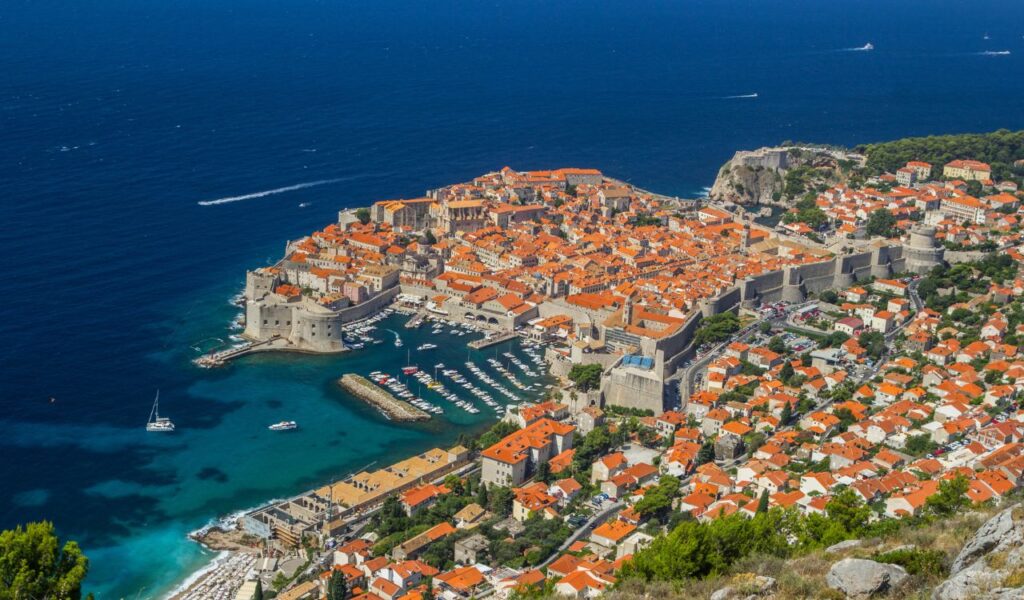
Once ravaged by the horrors of war during the Yugoslav conflict in the early 1990s, Dubrovnik, Croatia, is now one of the most beautiful and popular tourist destinations in Europe. The medieval walled city, often referred to as the “Pearl of the Adriatic,” was severely damaged during the siege but has been meticulously restored. Today, it’s a UNESCO World Heritage site that draws millions of visitors each year, especially after being featured as a key filming location for the TV series Game of Thrones.
Medellín, Colombia
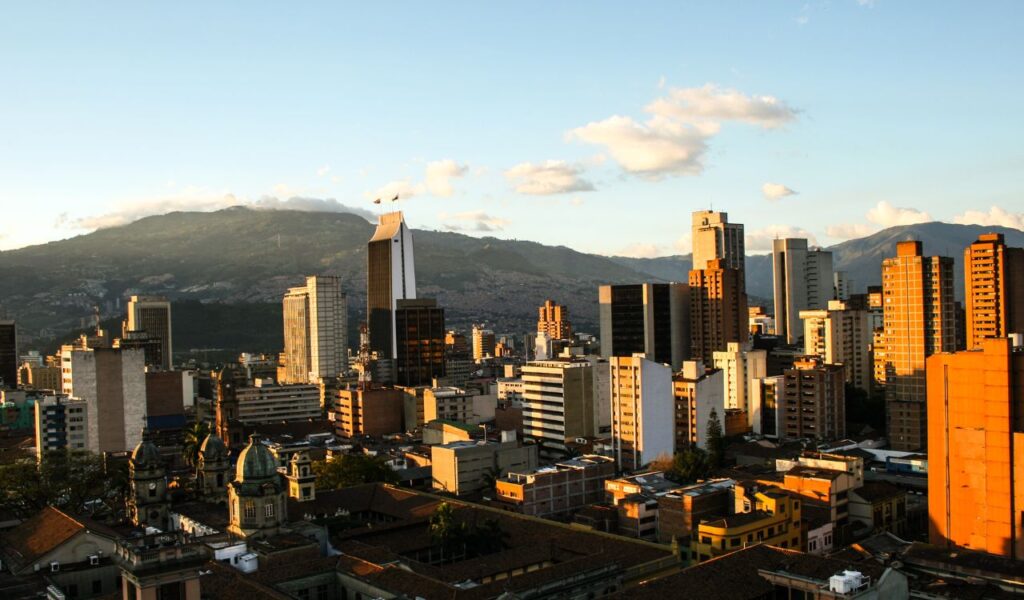
Medellín, Colombia, once infamous for its association with drug lord Pablo Escobar, has undergone one of the most remarkable transformations. From the 1980s to the early 1990s, the city was plagued by violence and crime. However, since the early 2000s, it has become a symbol of urban regeneration. Infrastructure projects, including the Medellín Metro and cable cars, connected isolated communities and reduced crime, earning the city the title of “the most innovative city in the world” in 2013.
Vilnius, Lithuania
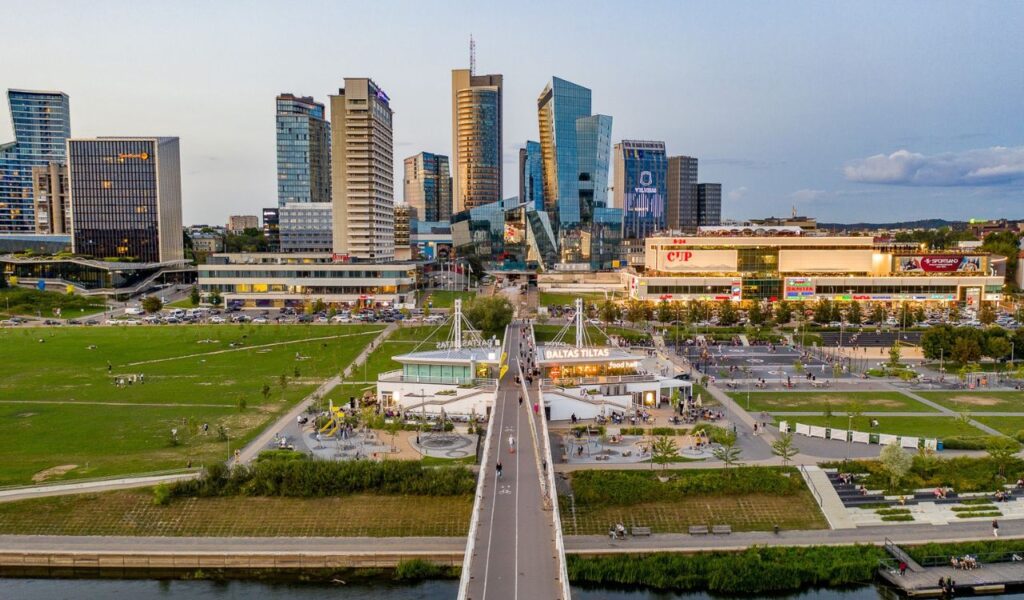
The capital city of Vilnius, Lithuania, has experienced an economic and cultural resurgence since the country declared independence from the Soviet Union in the 1990s. Once overshadowed by its neighbors, Vilnius has since blossomed into a thriving hub for tourism, culture, and business. The city offers a stunning mix of medieval architecture and modern-day developments. It was named the European Capital of Culture in 2009 and has since attracted a growing number of international visitors.
Doha, Qatar
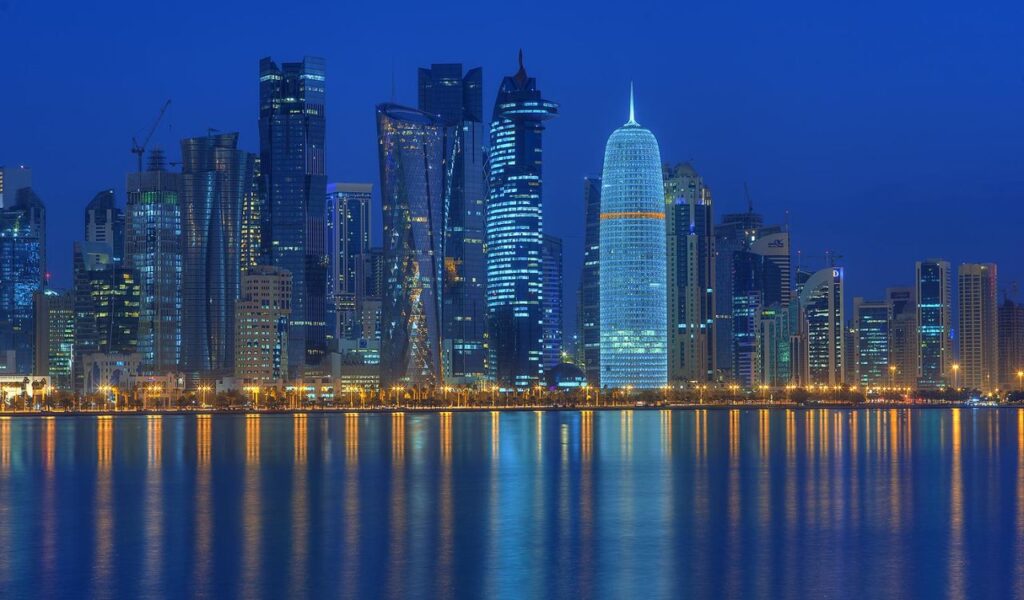
Doha, the capital of Qatar, has rapidly transformed into a modern, cosmopolitan city in the past two decades. Once a small fishing village, Doha now boasts stunning skyscrapers, world-class museums, and luxury resorts. The opening of Hamad International Airport in 2014 marked a new era for the city, making it a major transit hub for international travel. Qatar’s investments in infrastructure and cultural attractions, including the Museum of Islamic Art and National Museum of Qatar, have turned it into a prominent global destination, especially ahead of the 2022 FIFA World Cup.
Dubai, United Arab Emirates
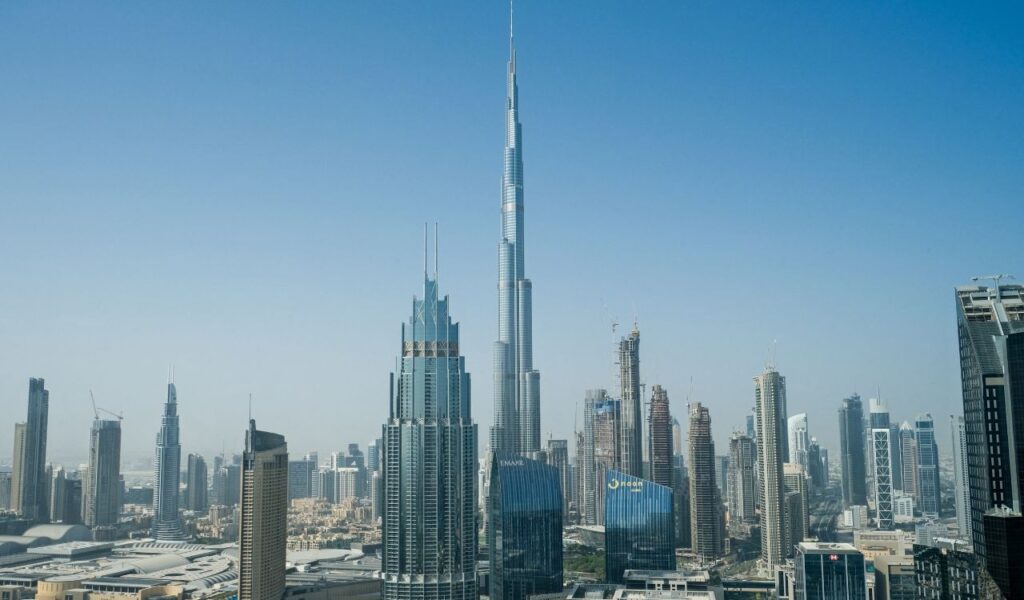
Dubai, once a small port town, has risen to become a global center for trade, tourism, and real estate. It’s now home to iconic landmarks such as the Burj Khalifa, the world’s tallest building, and the Dubai Mall, the most visited building in the world. The city’s impressive skyline, luxury shopping, and expansive cultural offerings have made it a favorite destination for travelers seeking both modernity and luxury in a desert setting.
Reykjavik, Iceland
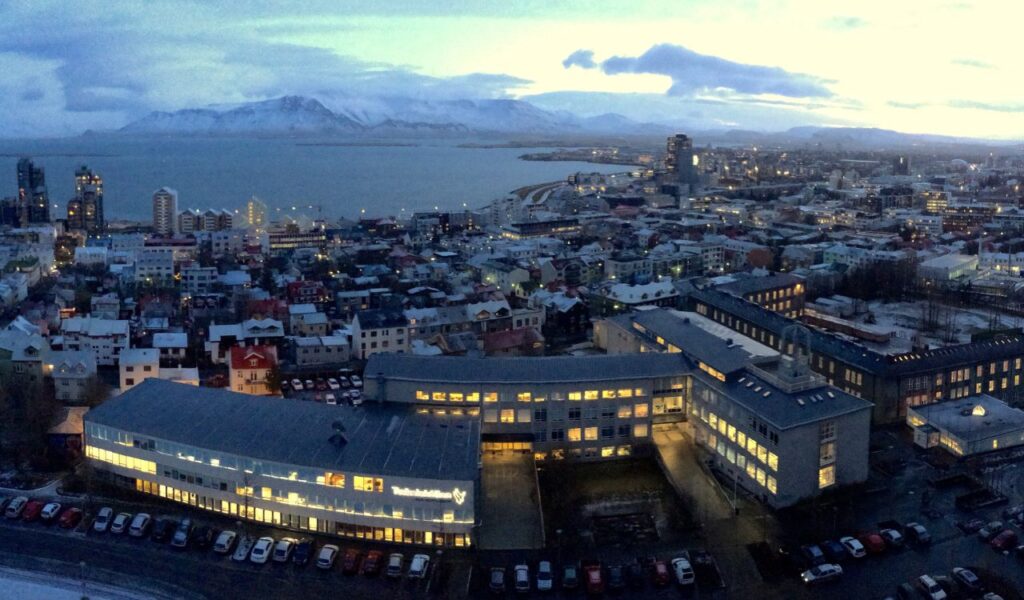
Once a quiet Nordic capital, Reykjavik has seen a huge boost in tourism in the past two decades. Known for its stunning natural landscapes—think hot springs, glaciers, and volcanoes—Iceland’s capital has become a top destination for travelers seeking adventure and tranquility. The city’s unique setting between North America and Europe has made it an increasingly popular stopover for transatlantic travelers, and its growing reputation for sustainability and innovation draws eco-conscious visitors from around the world.
Shanghai, China
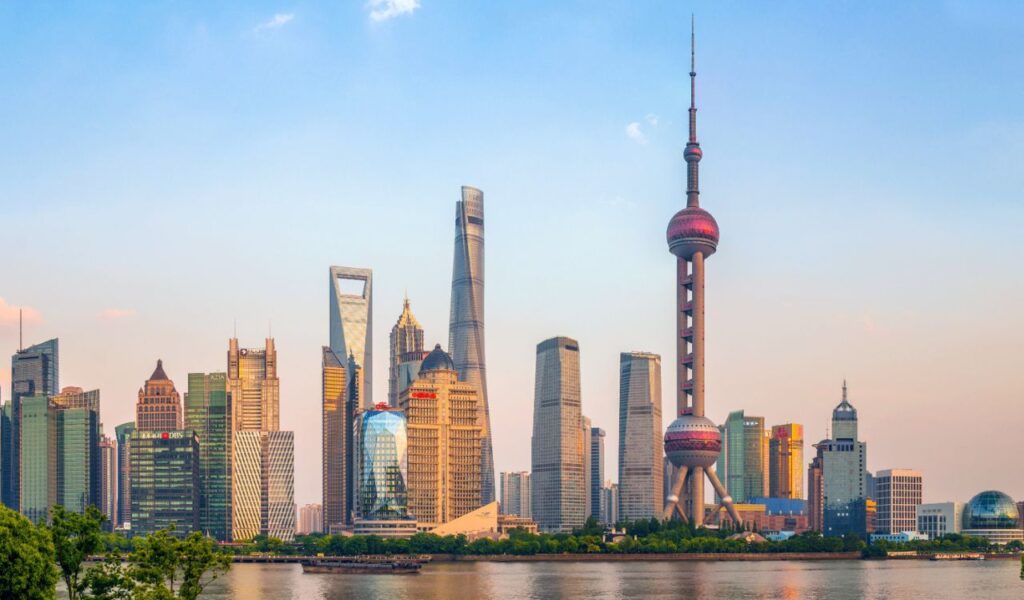
From a sleepy fishing village, Shanghai has evolved into one of the most influential cities in the world. The city’s rapid development over the past few decades, marked by an extraordinary skyline of futuristic skyscrapers like the Shanghai Tower and World Financial Center, reflects China’s meteoric rise on the global stage. Today, Shanghai is a global financial center, with a vibrant arts scene and a rich cultural heritage, attracting tourists and business travelers alike.
Denpasar, Bali, Indonesia
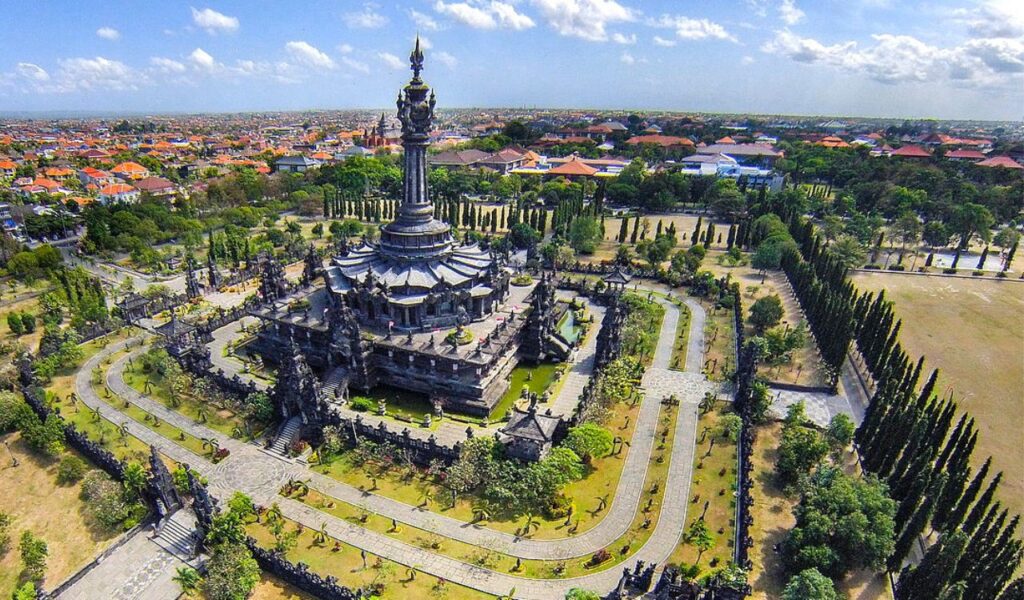
Once a quiet town, Denpasar, the capital of Bali, Indonesia, has now become the main gateway for tourists visiting this paradise island. Known for its stunning beaches, rice terraces, and vibrant culture, Bali’s popularity skyrocketed in the last 20 years, thanks to its appealing combination of natural beauty, affordable luxury, and cultural richness. Denpasar, though often bypassed in favor of more tourist-focused areas, has seen impressive growth in hotels, resorts, and restaurants, and is now a bustling city in its own right.
Kigali, Rwanda
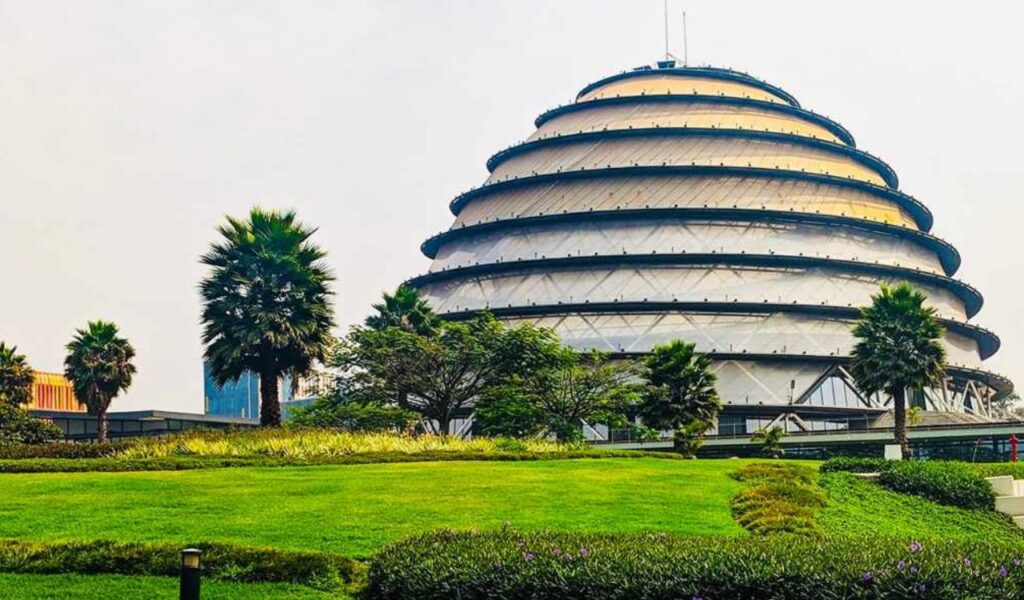
Kigali, the capital of Rwanda, has seen a remarkable transformation from a city once associated with the 1994 genocide to one of Africa’s most developed cities. Over the past two decades, Kigali has invested heavily in infrastructure, safety, and development. With its clean streets, modern skyscrapers, and booming tourism industry—particularly eco-tourism, driven by nearby gorilla trekking in Volcanoes National Park—Kigali has become an example of resilience and growth in post-conflict recovery.
Beijing, China
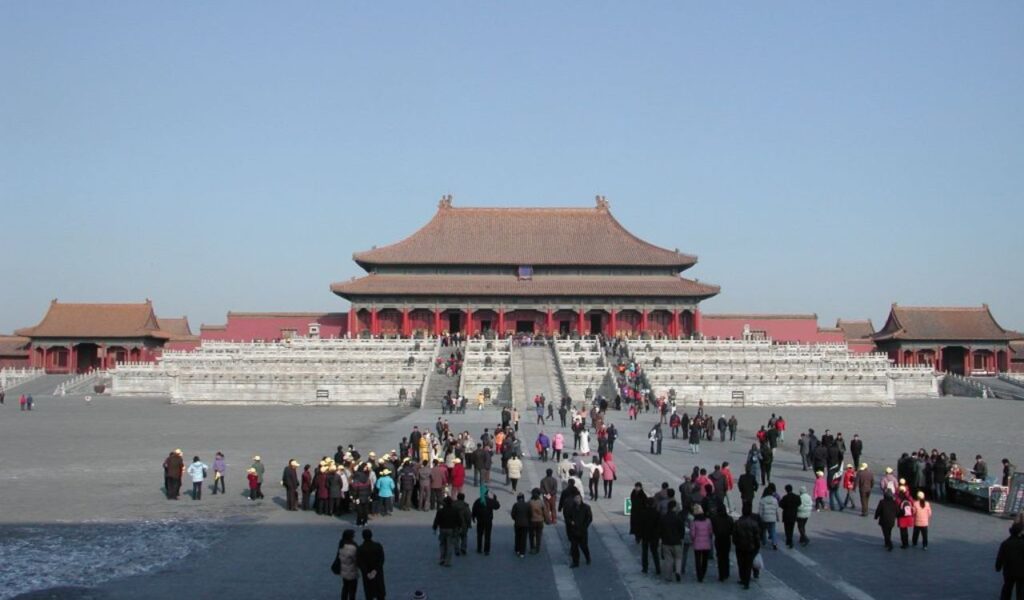
Beijing, China’s sprawling capital, has undergone dramatic changes since the 2008 Summer Olympics. The city’s skyline is now dotted with iconic structures such as the Bird’s Nest Stadium and the CCTV Tower. Urban development has transformed Beijing into a global powerhouse, balancing its ancient heritage with modern architecture. The city’s cultural and historical landmarks, including the Forbidden City and the Great Wall, continue to attract millions of visitors each year.
Liverpool, England
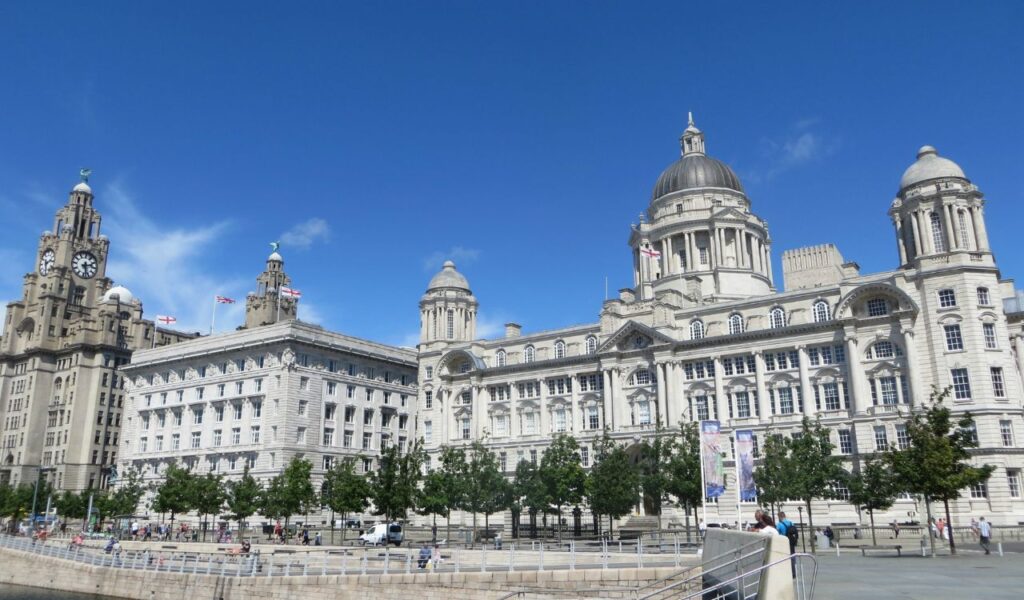
Once primarily known for its industrial background, Liverpool, England, has undergone a vibrant transformation, particularly in the last 20 years. With the construction of the Museum of Liverpool and other cultural landmarks, the city now proudly showcases its rich history and thriving arts scene. The city’s revival can also be credited to its Beatles legacy, which continues to draw fans from around the world. In 2008, Liverpool was named the European Capital of Culture, marking a new era in its cultural and economic development.
Other Blog Posts You Might Enjoy
www.idyllicpursuit.com (Article Sourced Website)
#Cities #Transformed #NoGo #Zones #Travel #Hotspots #Idyllic #Pursuit
